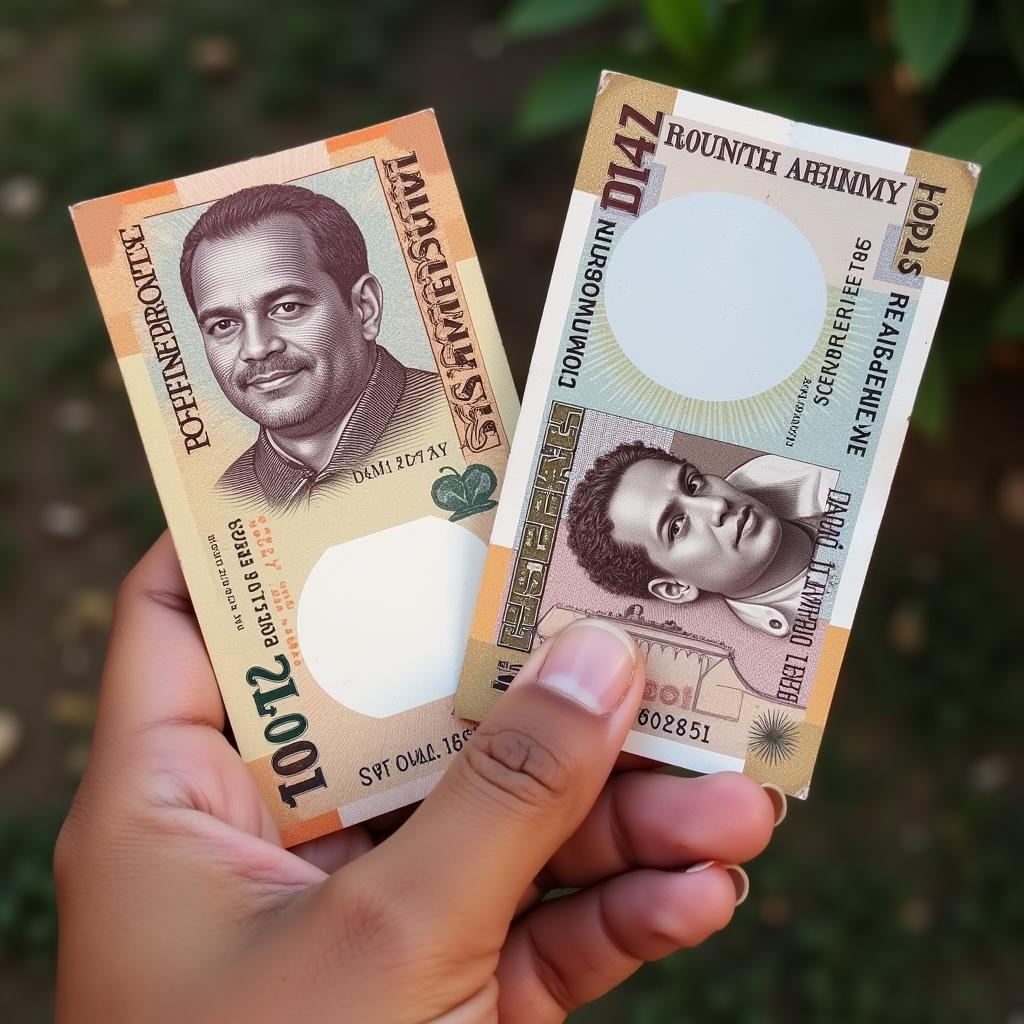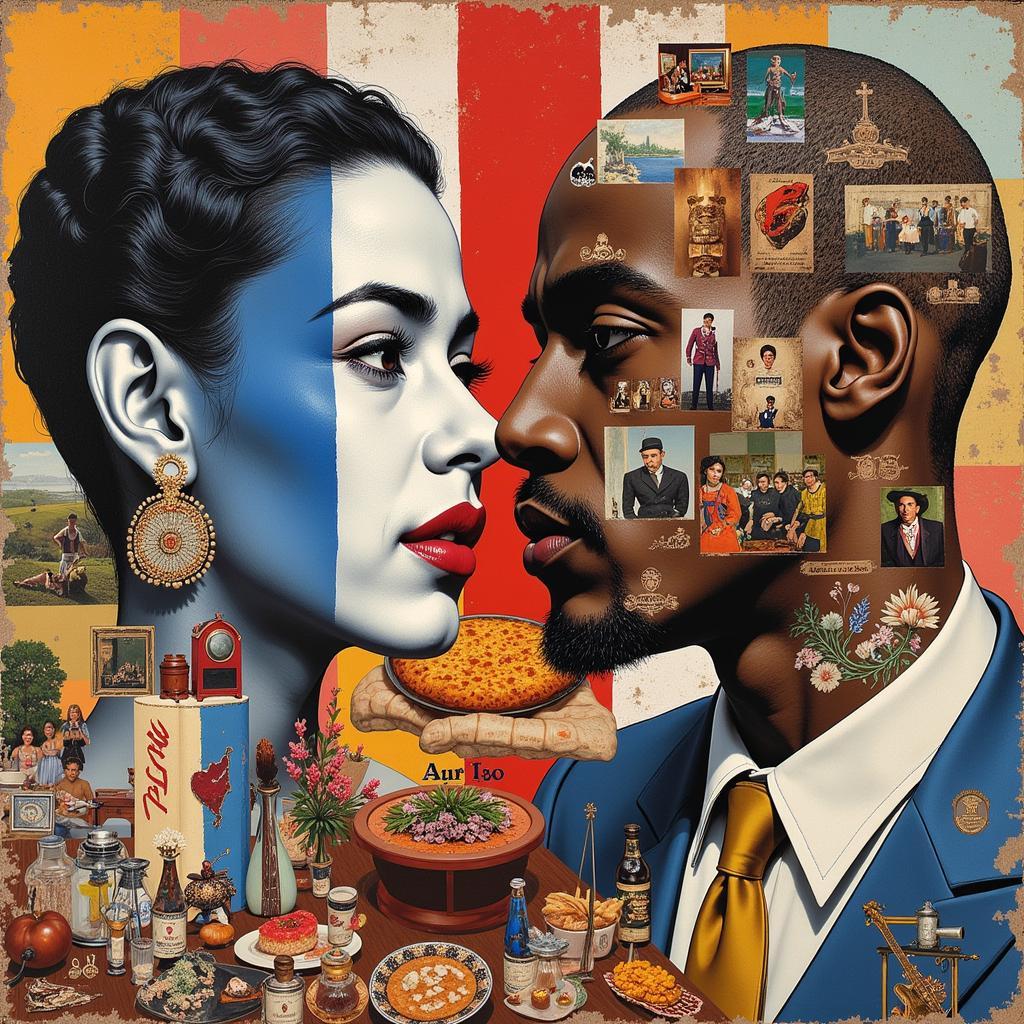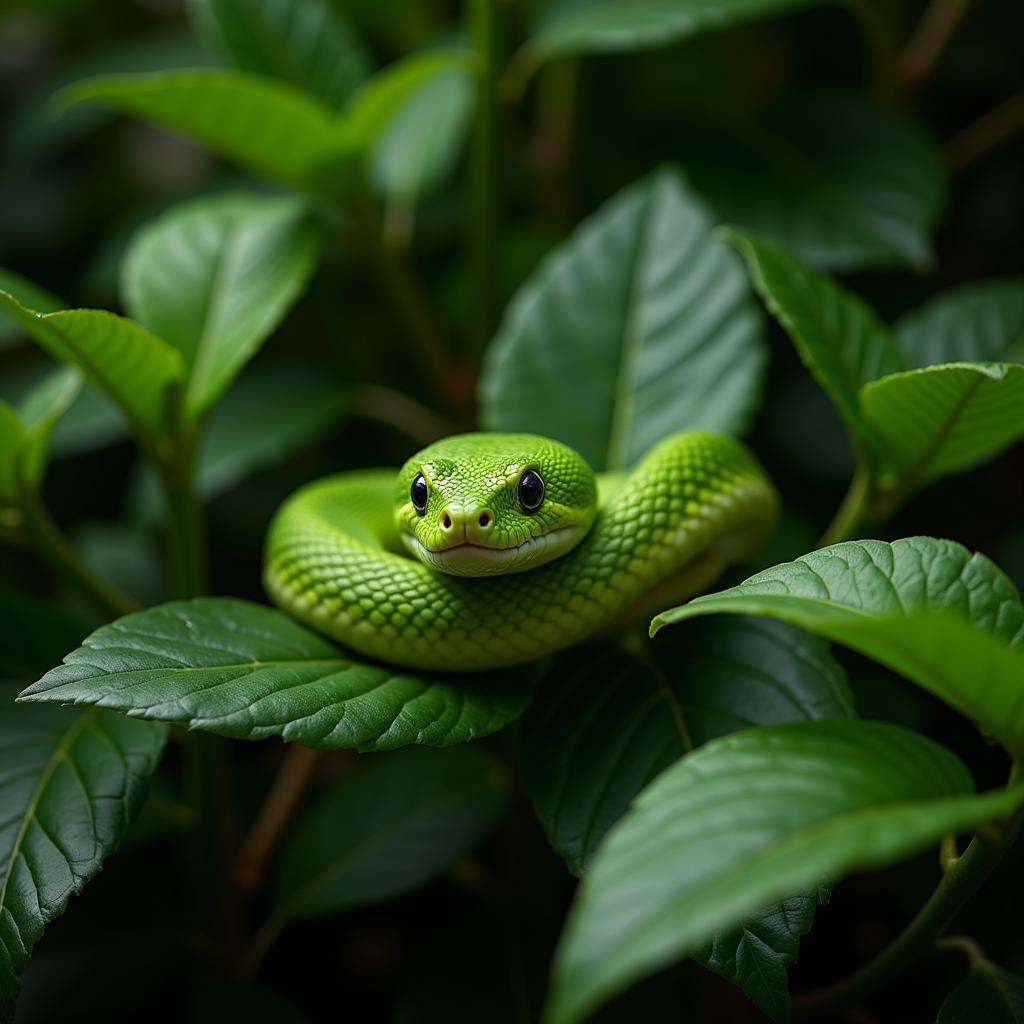Exploring the Vibrant World of African Beads
African Beads are more than just decorative objects; they are intricate symbols of culture, status, and spirituality, woven into the rich tapestry of African history. From ancient trade routes to modern fashion, these tiny treasures hold stories that span centuries and continents. They speak of tradition, artistry, and the enduring power of human creativity. Let’s delve into the captivating world of African beads.
A Journey Through African Beads History
African beadwork has a long and fascinating history, dating back thousands of years. Archaeological discoveries reveal the use of beads made from ostrich eggshells, bone, and clay in ancient civilizations across the continent. As trade routes developed, materials like glass, metal, and precious stones were introduced, enriching the art of beadmaking and expanding its significance. These beads weren’t simply adornments; they served as currency, symbols of power, and spiritual talismans, reflecting the diverse customs and beliefs of different tribes and communities. For example, certain colors and patterns held specific meanings, conveying messages about social status, marital status, or even clan affiliation. The african beads history reveals the depth and complexity of this ancient art form.
Beads played a crucial role in trade networks, facilitating the exchange of goods and ideas between different regions. The trans-Saharan trade route, for instance, brought an influx of glass beads from Europe and the Middle East, which became highly prized possessions in West Africa. These imported beads often held greater value than local materials, further emphasizing their significance as status symbols. The intricate patterns and vibrant colors of these beads were incorporated into elaborate jewelry, clothing, and ceremonial objects, showcasing the artistry and craftsmanship of African artisans.
African Beadwork: A Cultural Masterpiece
From the intricate beadwork of the Maasai in Kenya to the elaborate necklaces of the Zulu people in South Africa, African beadwork exhibits incredible diversity and artistry. Each region and tribe has its unique style, incorporating distinct patterns, colors, and materials that reflect their cultural heritage. Beads are used to create stunning jewelry, ceremonial garments, decorative objects, and even intricate headdresses, each piece telling a story and conveying a specific message. The meticulous craftsmanship involved in creating these intricate pieces highlights the importance of beadwork as a cultural expression and a vital part of African artistic traditions.
The significance of specific colors in African beadwork cannot be overstated. For example, red often symbolizes power and vitality, while white can represent purity and peace. Blue, associated with the sky and water, is often linked to spirituality and healing. These symbolic meanings are woven into the designs, adding another layer of depth and complexity to the artwork. Modern artisans continue to draw inspiration from these traditional meanings, creating contemporary pieces that resonate with both cultural heritage and modern aesthetics. Check out some amazing pieces at african beads for sale.
What are African beads made of?
African beads are crafted from a wide range of materials, each with its own unique properties and cultural significance. Traditionally, natural resources such as bone, clay, wood, seeds, and shells were utilized. As trade routes opened up, access to materials like glass, metal, and precious stones expanded the possibilities for beadmaking, leading to even more elaborate and intricate designs. Today, modern materials like plastic and acrylic are also used, offering new avenues for creativity and innovation.
The choice of material often depends on the specific purpose and cultural context of the beads. For example, beads made from precious stones might be reserved for royalty or ceremonial occasions, while beads made from more readily available materials like clay or seeds might be used for everyday adornment. The variety of materials used in African beadwork reflects the ingenuity and resourcefulness of African artisans, who have always found ways to transform readily available resources into beautiful and meaningful objects. Are you looking for beads in the Big Apple? Try african beads nyc.
Where to Buy African Beads
Whether you are a collector, a jewelry maker, or simply someone who appreciates the beauty and artistry of African beads, there are numerous places to find these treasures. Online marketplaces offer a vast selection of beads from across the continent, connecting artisans directly with buyers worldwide. You can also find beautiful fabrics incorporating African beads at 3d flower african beads lace fabrics. Specialty stores specializing in African art and crafts often carry a curated selection of high-quality beads, providing a more personalized shopping experience. Visiting local markets and craft fairs in African countries offers a unique opportunity to connect with artisans directly and learn about the stories behind their creations.
Conclusion: The Enduring Legacy of African Beads
African beads continue to captivate and inspire, connecting us to a rich cultural heritage and a vibrant artistic tradition. From their ancient origins to their contemporary interpretations, these tiny treasures hold stories that speak volumes about human creativity, cultural identity, and the power of art to transcend time and place. Exploring the world of African beads is a journey of discovery, revealing the intricate beauty and profound meaning woven into each piece.
FAQ
-
What is the significance of African beads? African beads are symbols of culture, status, spirituality, and history.
-
What are African beads made of? They are made from various materials like bone, clay, glass, metal, and precious stones.
-
Where can I buy authentic African beads? Online marketplaces, specialty stores, and local markets in African countries.
-
How are African beads used? They are used in jewelry, clothing, ceremonial objects, and decorative art.
-
What do the different colors of African beads mean? Colors often hold symbolic meanings, such as red for power, white for purity, and blue for spirituality.
-
How can I learn more about the history of African beads? Research online, visit museums, and explore books on African art and culture.
-
Are African beads still made today? Yes, both traditional and contemporary beadmaking techniques are practiced today.
Need more help? Contact us at +255768904061, email [email protected], or visit us at Mbarali DC Mawindi, Kangaga, Tanzania. We’re available 24/7.




